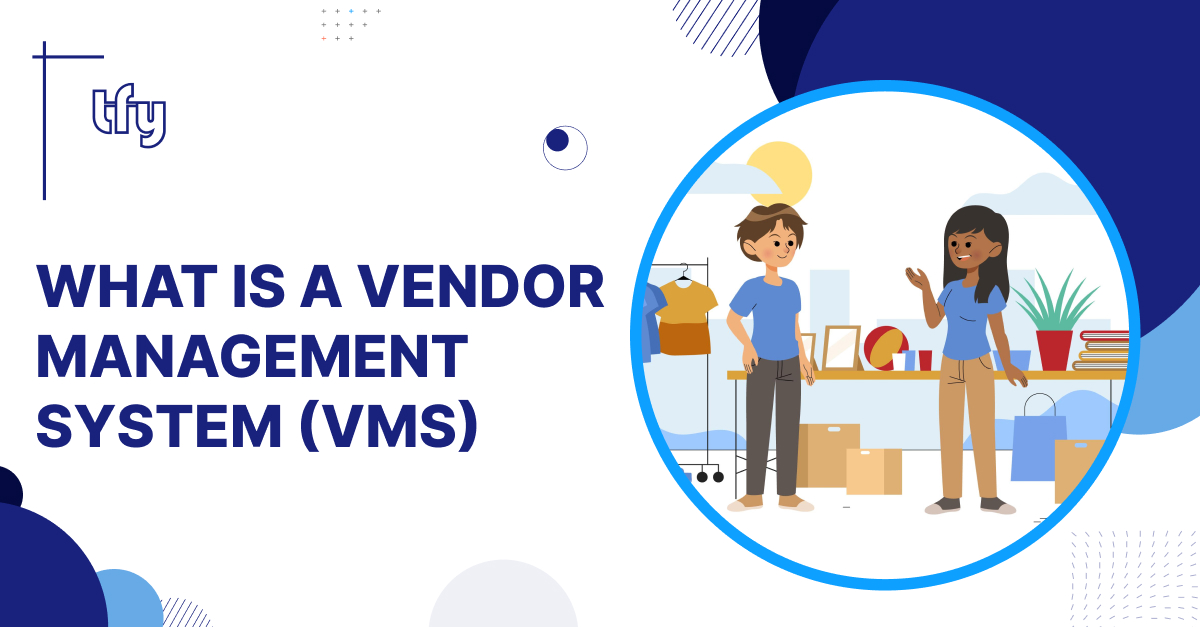
A Vendor Management System (VMS) is a software platform that helps organizations manage external workforce suppliers, contractors, and service providers. It centralizes vendor onboarding, compliance checks, contract management, performance tracking, and payment processing to improve efficiency, reduce costs, and ensure regulatory compliance.
Central hub for managing vendors, contracts, and compliance. - Improves visibility and cost control. - Ensures compliance with regulations and company policies. - Supports contingent workforce and service procurement.
What is a VMS?
A VMS is a digital tool that enables HR, procurement, and finance teams to manage external vendors from one platform. It provides workflows for vendor selection, onboarding, and compliance, while integrating with payroll and HR systems. Unlike a spreadsheet or manual process, a VMS scales with organizational needs and provides audit trails for accountability.
According to Deloitte’s Global Human Capital Trends report, companies increasingly rely on contingent workers, making VMS adoption critical to manage compliance and efficiency. In addition, Gartner’s “Future of HR” overview discusses how HR tech (including systems that orchestrate external work) underpins 2025 priorities.
How Does a VMS Work?
A VMS typically includes these functions:
1. Vendor Onboarding
Capture vendor details, contracts, compliance documents.
2. Requisition Management
Standardize how hiring managers request vendors or contractors.
3. Time & Expense Tracking
Record and approve contractor hours and expenses.
4. Compliance & Risk Monitoring
Automate checks for insurance, certifications, and legal requirements.
5. Reporting & Analytics
Provide visibility into vendor performance, spend, and ROI.
Key Features of a VMS
Function | Benefit |
| Onboarding Automation | Faster supplier setup, reduced admin errors |
| Compliance Tracking | Reduces legal and regulatory risk |
| Spend Analytics | Identifies cost-saving opportunities |
| Performance Reports | Informs renewal or termination decisions |
Benefits and Challenges
Benefits:
Increased efficiency and reduced manual work. - Better compliance management. - Centralized vendor data and insights. - Scalability across global operations.
Challenges:
Initial setup and integration costs. - Change management for teams used to manual processes. - Dependence on accurate data entry.
Alternatives and Related Tools
ATS (Applicant Tracking System)
Focuses on recruiting and managing candidates, not vendors.
HRMS (Human Resource Management System)
Broader HR functions including payroll and benefits.
Procurement Platforms
Cover purchasing but often lack detailed contractor tracking.
Implementation Checklist
- Define vendor categories and compliance requirements.
- Select VMS provider and map integrations (HRMS, payroll, finance).
- Configure approval workflows.
- Train internal teams and vendors.
- Roll out with pilot group before global adoption.
FAQs
Q: Who uses a VMS?
Organizations with significant external workforce spend—common in IT, healthcare, manufacturing, and professional services.
Q: How is a VMS different from an ATS?
An ATS manages job applicants; a VMS manages external vendors and contingent workers.
Q: What are examples of VMS platforms?
Beeline, SAP Fieldglass, and Oracle VMS.



